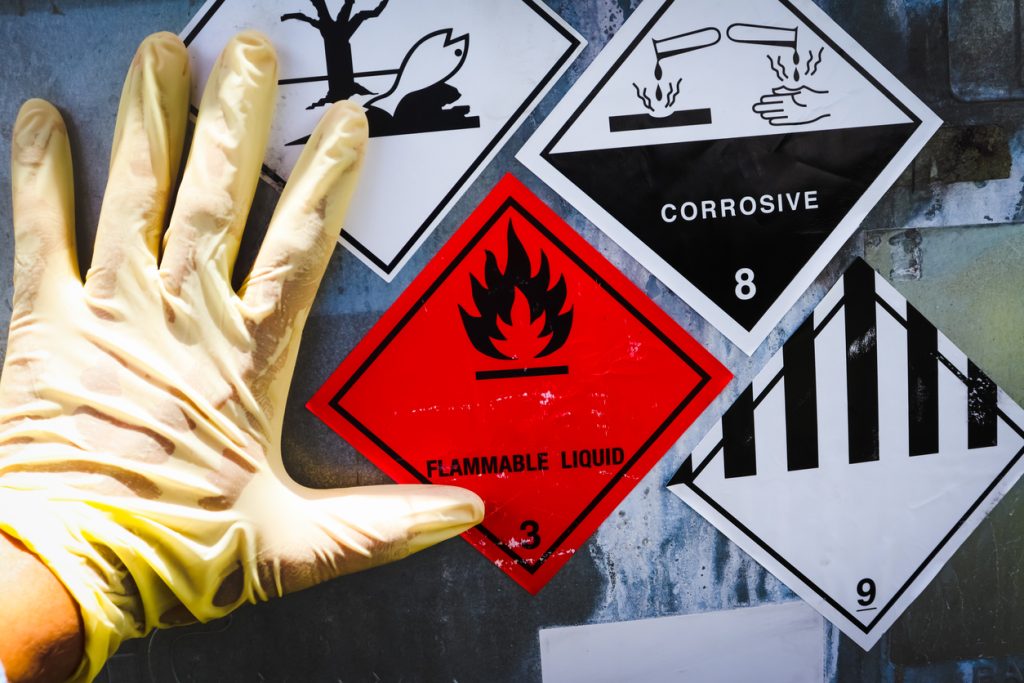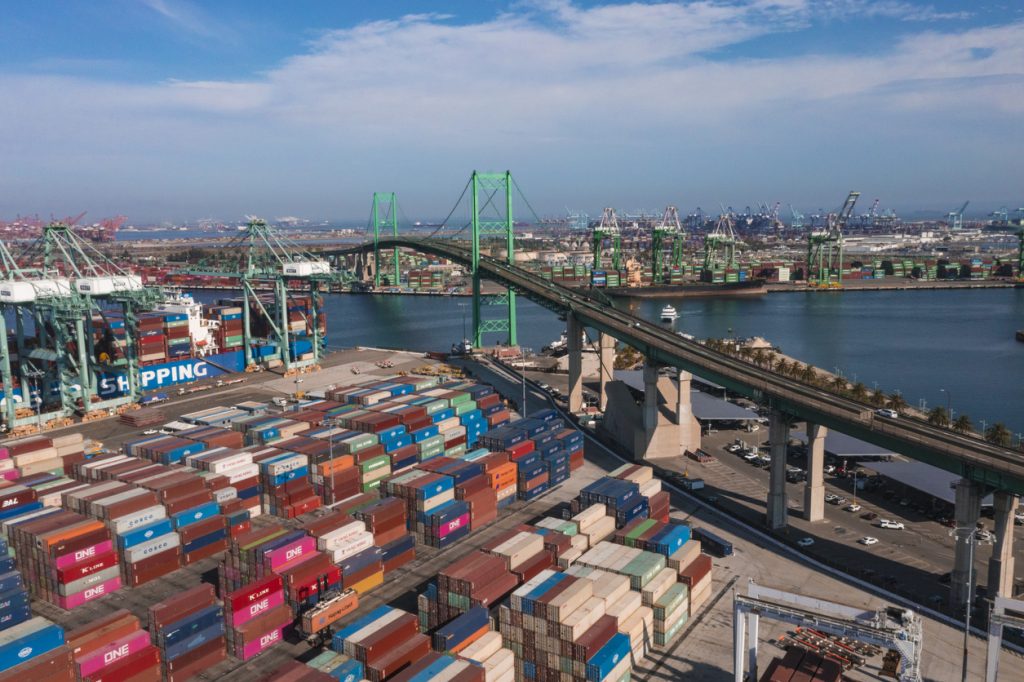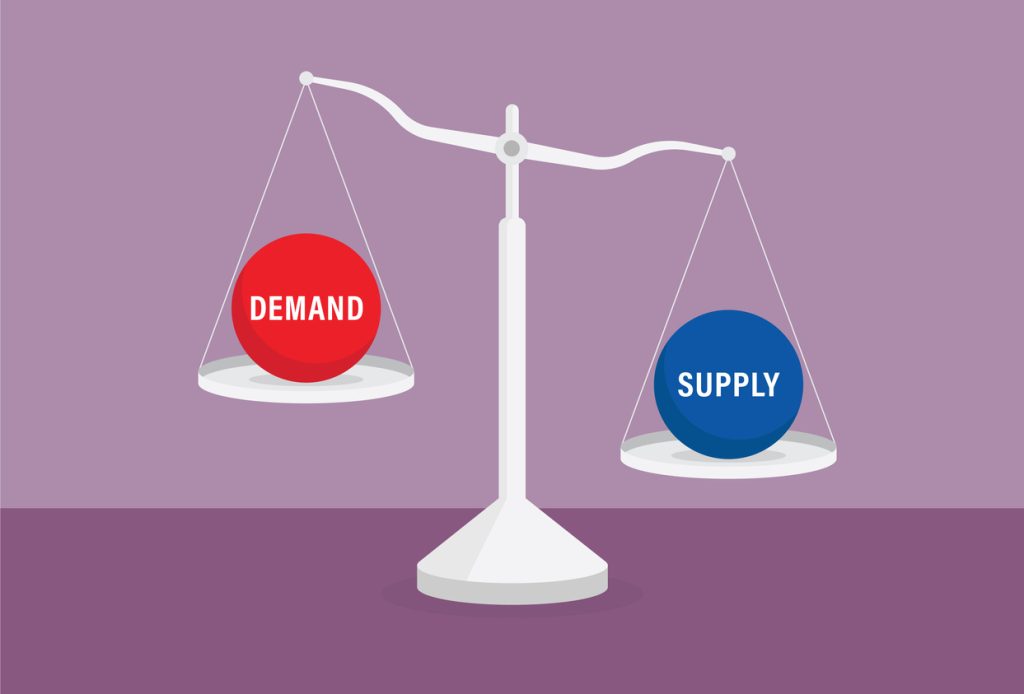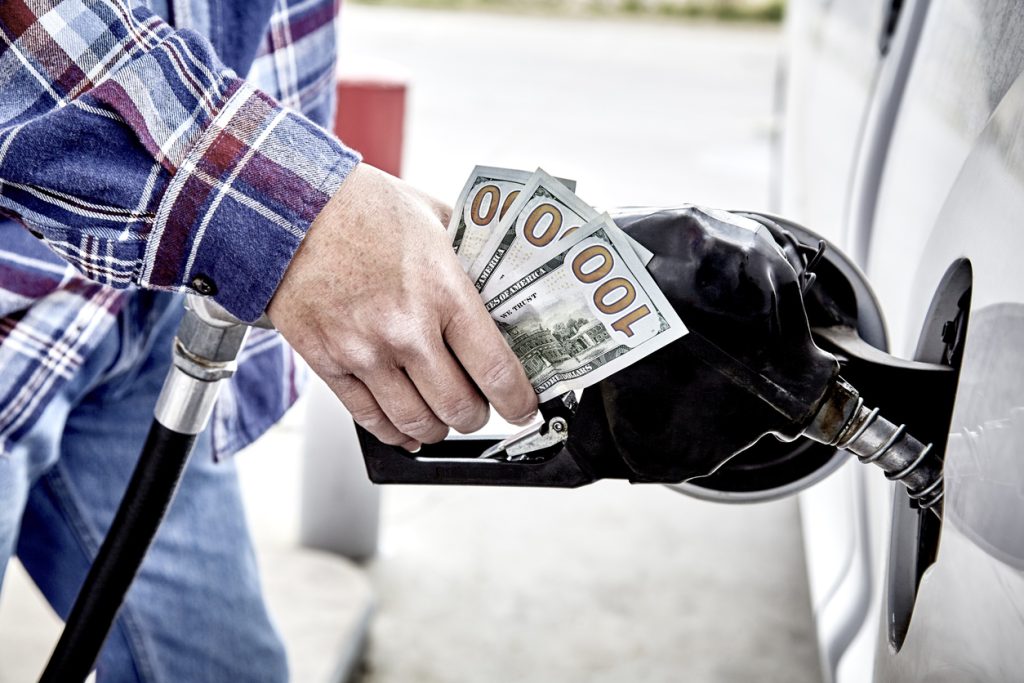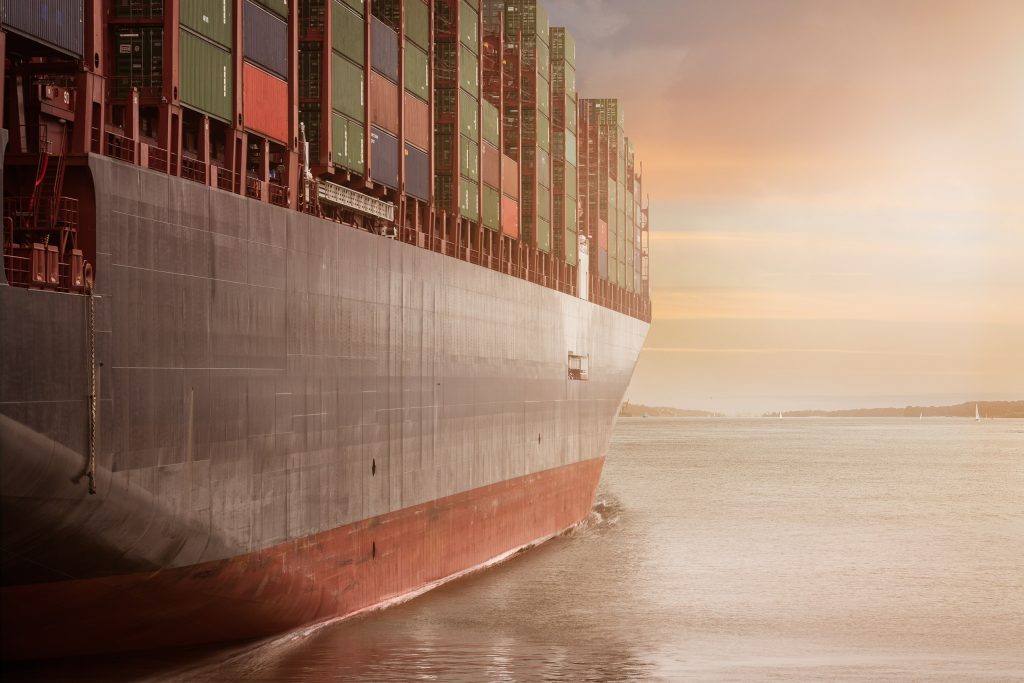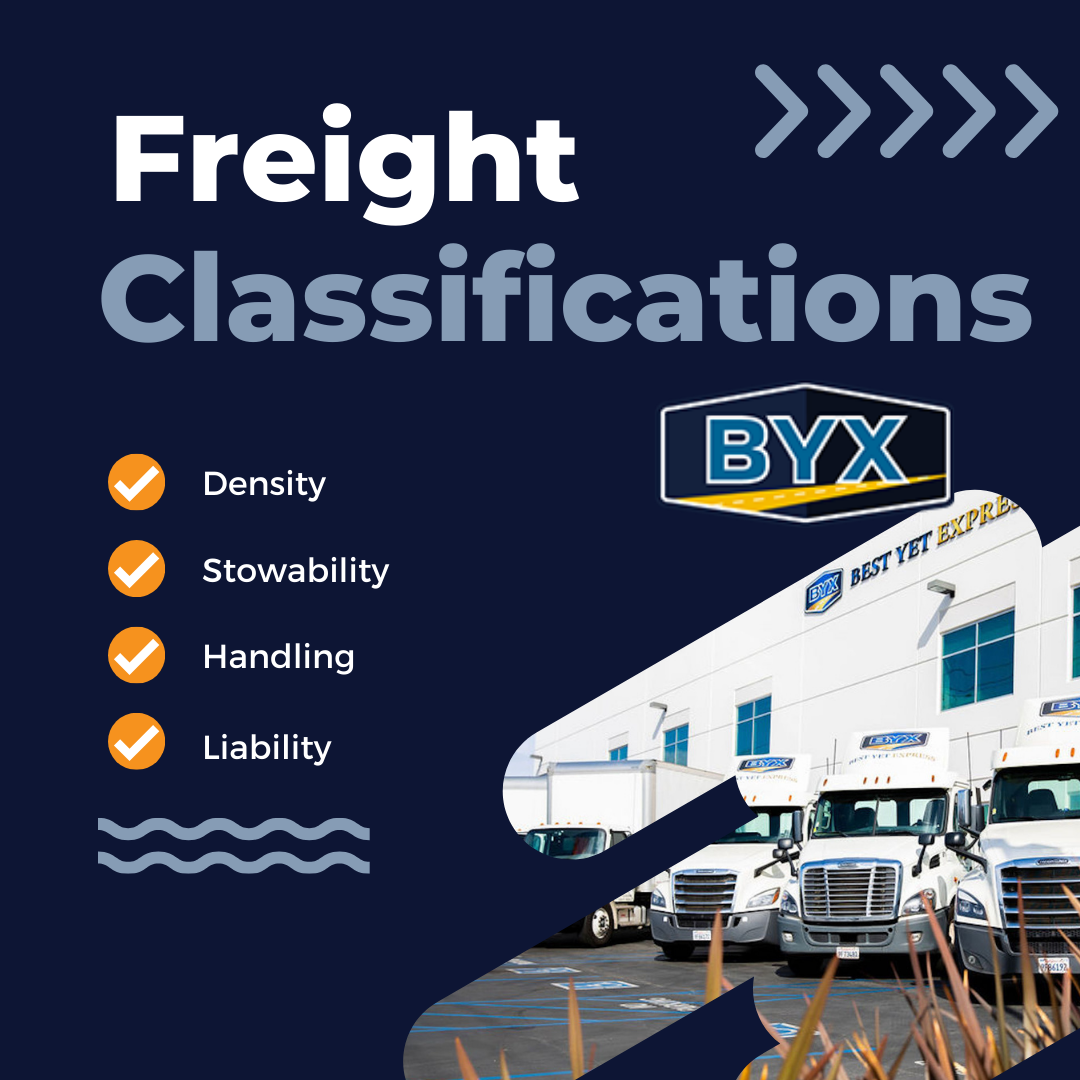Meet the Most Hazardous Materials on the Highway
It goes without saying that truck drivers are responsible for stocking the aisles of your favorite grocery stores and supermarkets. Truck drivers transport a lot more than food, clothes, and toilet paper, however. They transport everything. The most hazardous materials have to get from point A to point B somehow, and that dangerous job falls […]
Meet the Most Hazardous Materials on the Highway Read More »

